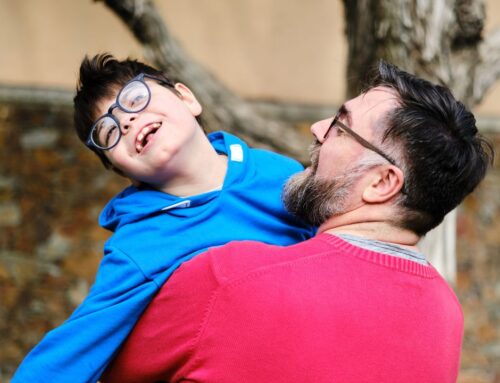Part 4 in our series on how we seek out and apply continuous learning and continuous improvement to all aspects of SelfDesign
When SelfDesign designed a new math offering for learners in grades 8 and 9 in 2022, our Education Programs team based the new add-on course on what they had learned earlier, when they piloted a grade 11 and 12 math course.
“We collected all kinds of data and feedback during the pilot,” says Education Programs team lead Janice Green. “That then led to a year of basically forming what we wanted to do with our math courses, shaping first the grade 8–9 Thinking Classroom Math offering, which we ran early in 2022.”
The feedback included input from a survey of the learners who had taken part in the pilot, something our Education Programs team seeks not just for new offerings but for regular offerings.
“We tend to hear from people either when things are working really, really well or when they’re not working,” says SelfDesign® Learning Community Principal Catherine Dinim. “We don’t hear so much about all the folks in the middle range for whom things are working okay but maybe could be improved. Our Education Programs team started doing learner surveys at the end of every semester to collect feedback from across that segment of our learning community.”
The information provided by learners through the surveys has been key to shaping and improving offerings, particularly in grades 10 to 12, the grades with most of SelfDesign Learning Community’s offerings.
The feedback process
“At the end of every offering, whether it’s a theme, course, camp, or event, we survey the learners who took part for feedback on their experience,” Janice says. “We analyze the responses, identify the patterns, and dive into items we’re bringing forward for consideration, and then we bring forward the action items.”
To complete the feedback process, an infographic of results of the analysis is shared with learners, educators and other members of the school community.
“That’s a really important piece of the process,” Janice says. “A lot of learners fill out the surveys and then wonder what we did with their feedback. Sharing the high-level results with them shows them that we’re paying attention. They can actually see, ‘Here’s what we saw in the survey feedback. Here are the action items we were able to do. And here’s what we’re considering for the future.’ They see that they can drive the change.”
In addition to helping shape SelfDesign’s math offerings for learners in grades 8 to 12, learner feedback prompted the Education Programs team to design a new grade 12 digital media course and to revamp the existing grade 11 and 12 Chemistry courses.
“The feedback about Chemistry was beautiful,” Janice says. “The kids identified the issues. They were very specific, and it was super helpful. We looked at the course, and we were like, ‘They’re totally right. Yes, let’s make those changes.’”
A positive feedback loop
About 96 per cent of learners in each grade 10 to 12 offering respond in the surveys.
“You really can’t get much better than that,” Janice says. “It gives any changes or improvements we bring forward based on that level of feedback the supporting data and metrics needed to explain and justify the changes.”
Before the team began the semester surveys in 2021/22 as a regular, formal part of the quality improvement process, the team would hear from about 15 learners about each offering. About 400 learners are enrolled in grades 10 to 12 with SelfDesign each year.
“It’s really difficult to make much change based on feedback from 15 out of 400 kids,” Janice says. “It’s not enough of a response to be representative of the learner population or experience.”
The current response rate is likely due to a few factors. Our educators, who have developed trust-based relationships with learners, encourage the learners to submit feedback through the surveys. Learners who’ve seen how their earlier input leads to improvements are motivated to promote the surveys to their peers.
And, with the end-of-process summaries and subsequent improvements to offerings, learners see the difference their own feedback can make.
“The learners are leading the change,” says Janice. “We guide them by telling them, ‘If you want change, the best place to go to make that happen is the survey.’ And as they see the changes they asked for being implemented, it shows them that, when they do fill out the survey, they can make things happen.”







